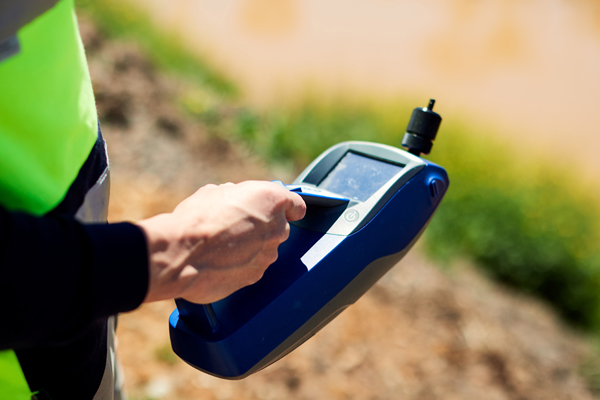Air Quality
Not only does the air we breathe impact our health and wellbeing, good air quality is critical for supporting the amenity of the places we live in, our environment, and maintaining our way of life.
The respiratory and cardiovascular effects of air pollution have long been known. In recent years, air pollution has also been identified as a cause of cancer.
Sensitive individuals (for example, children, the elderly and those with existing heart and lung diseases) are particularly susceptible to the effects of air pollution. Both short-term and long-term exposure to air pollution can cause health problems.
The most common form of air quality monitoring is ambient air monitoring. Ambient air monitoring involves the measurement of “representative” air in urban, industrial and rural areas. These measurements are used to determine the human exposure to pollutants and can be combined with trace/background monitoring as well as stack monitoring to assess an organisation’s contribution to pollution, and the effect this has compared to natural levels.
The National Environment Protection (Ambient Air Quality) Measure (Ambient Air Quality NEPM) was established in 1998 to provide a common national goal to best protect human health and well-being from the adverse impacts of air pollution. It provides a consistent framework to assess Australia’s ambient (outdoor) air quality. It sets national ambient air quality standards for six common air pollutants as well as mandatory monitoring and reporting requirements against these standards.
State and Territory governments implement legislation, statutory instruments, policies and programmes in their own jurisdictions in order to meet the Ambient Air Quality NEPM standards.











